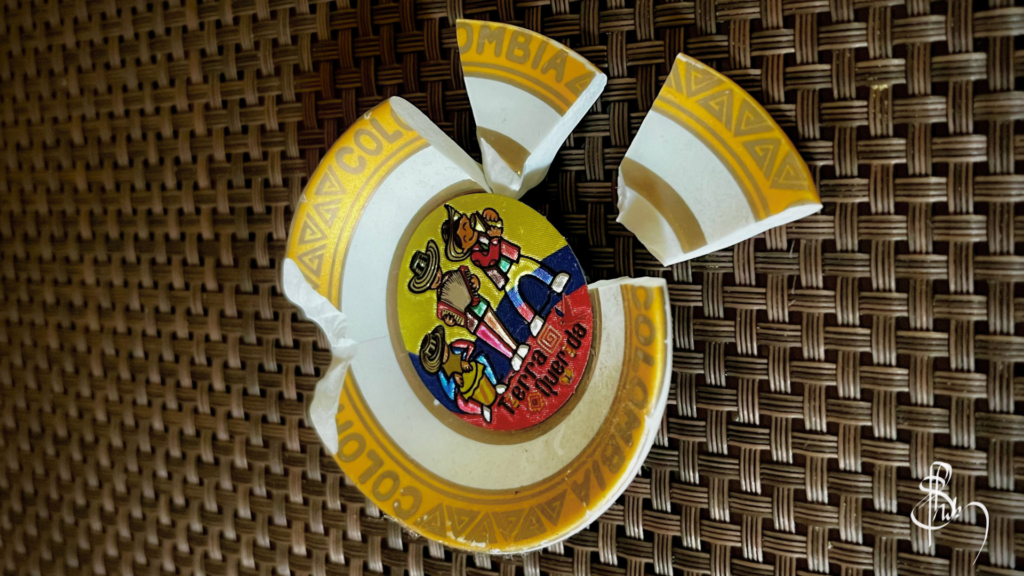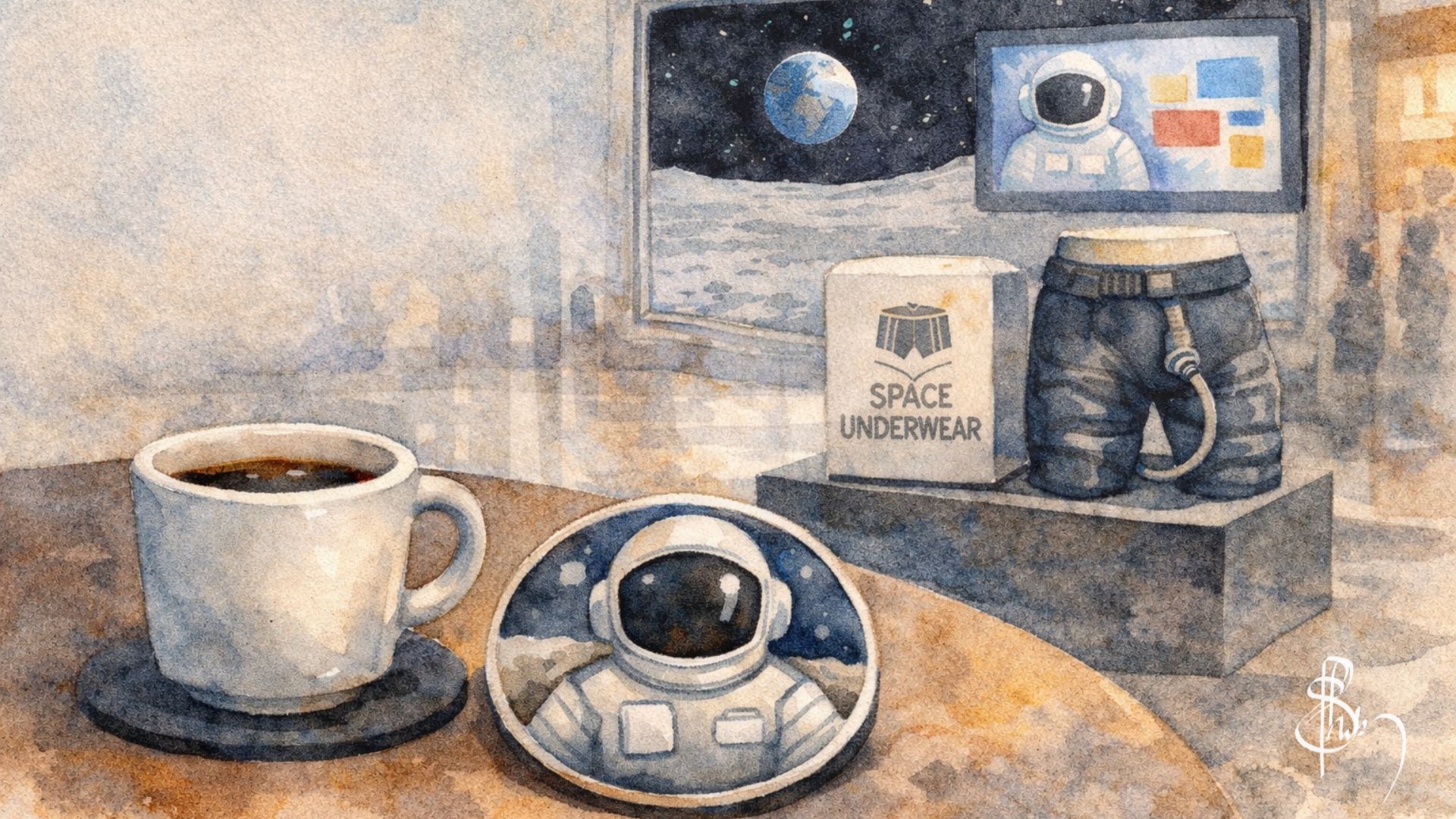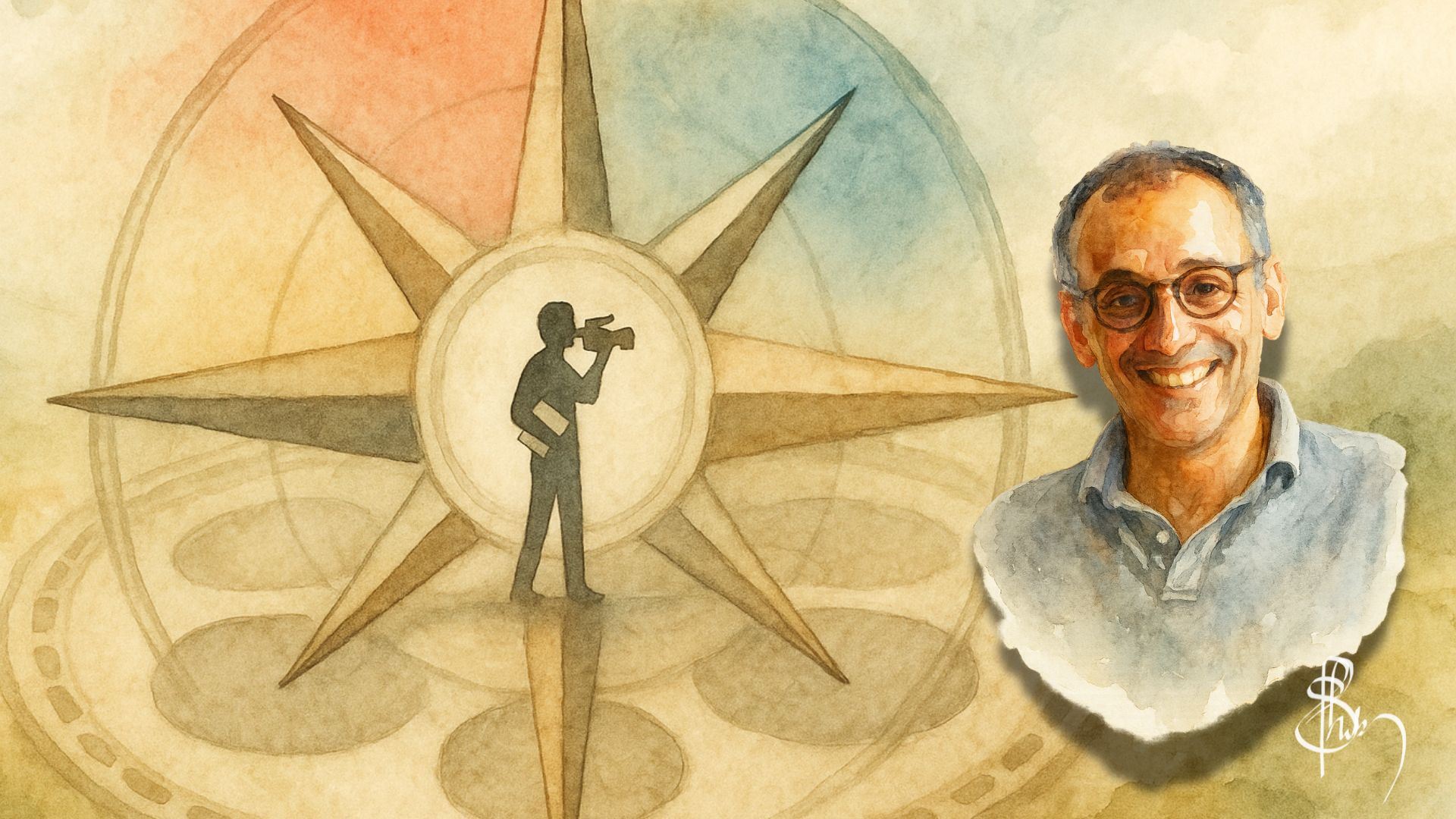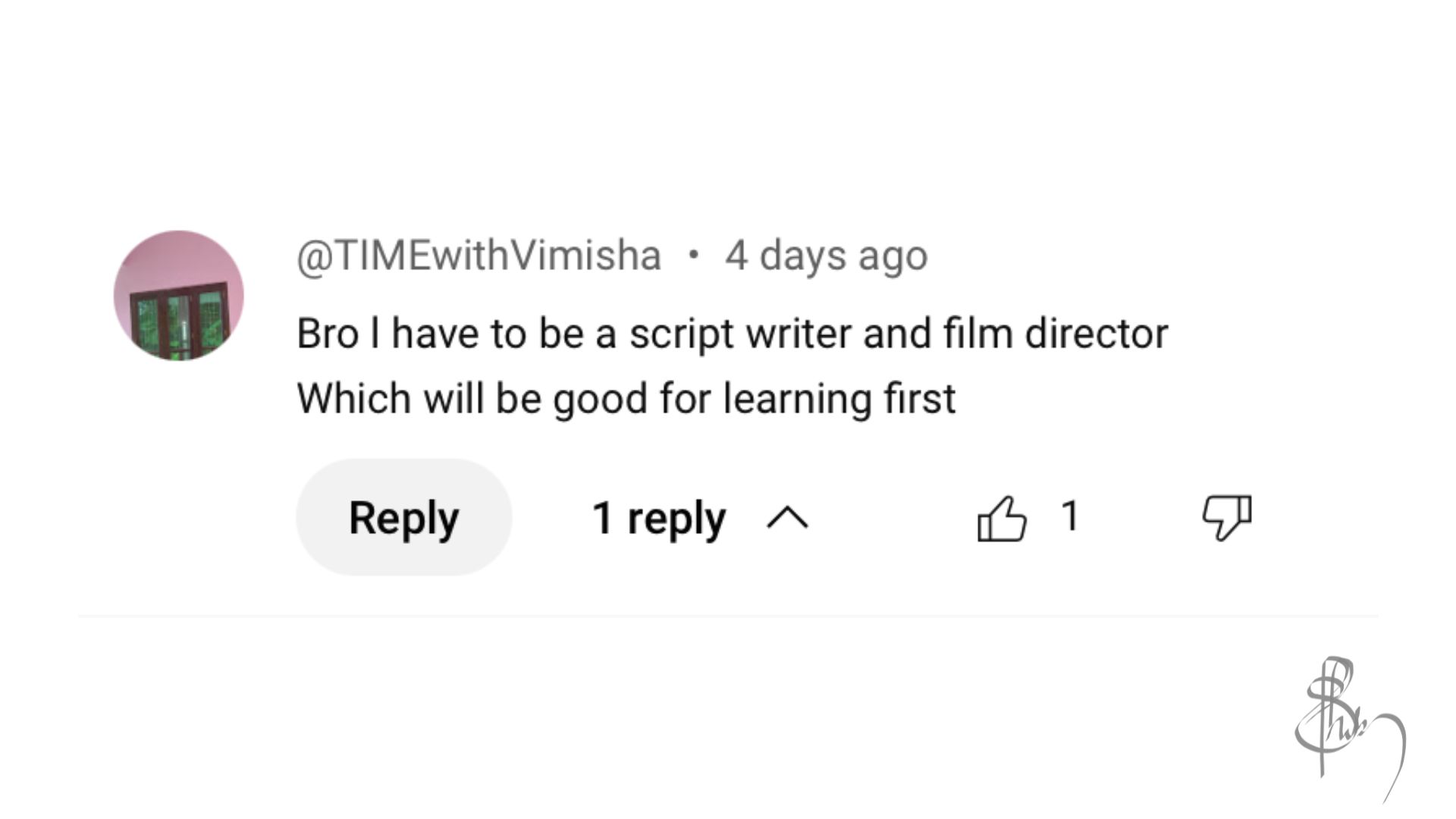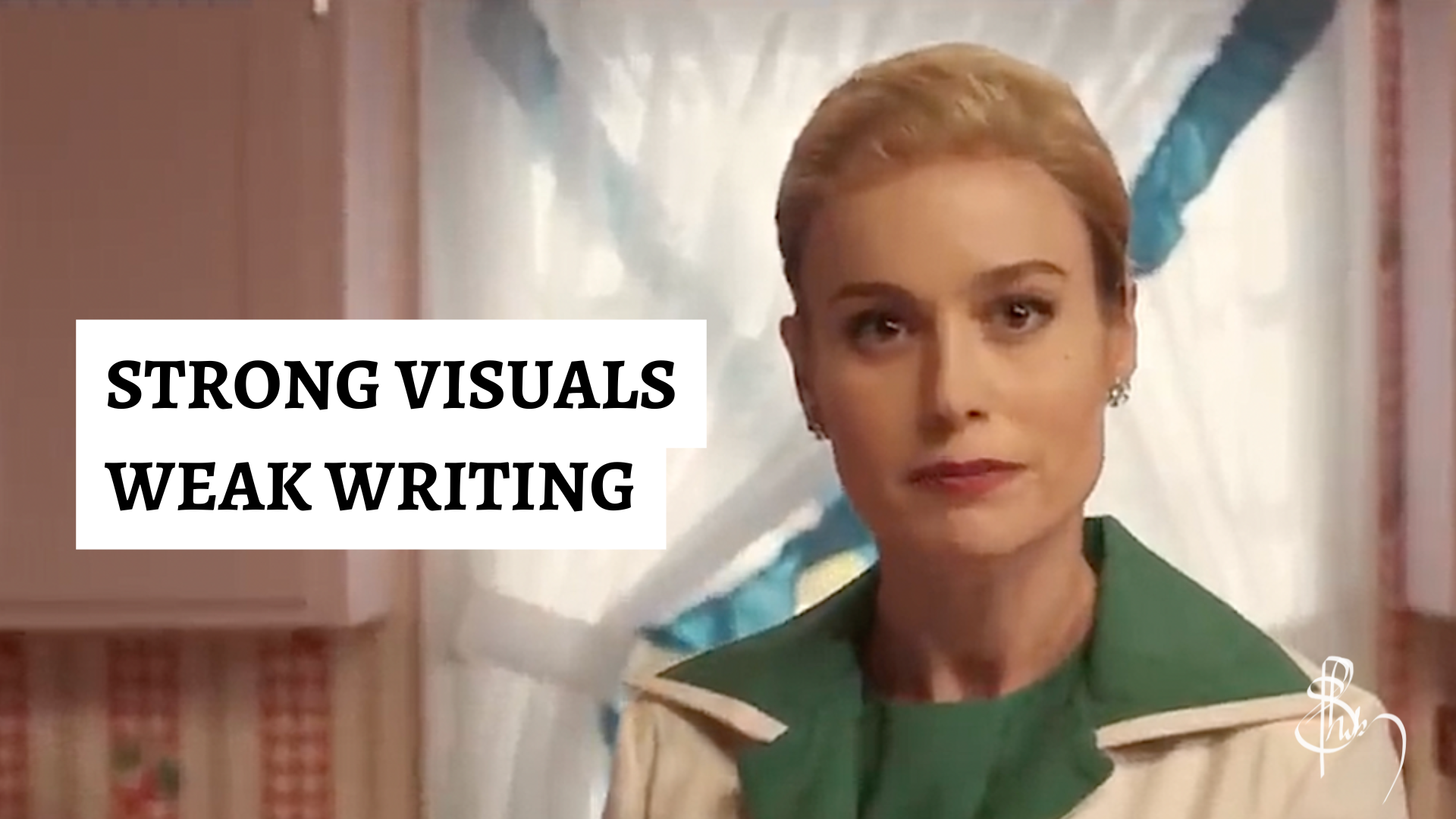I was sitting at the dining table, rewriting a story with care, turning The Wedding Chase from a prose novella into a screenplay format. I had just finished one scene after almost an hour or two of tinkering. Feeling relieved I stretched my hands. Only for it to strike the junction box where this souvenir was attached magnetically.
Before I could do anything, it fell and broke into pieces.
The two larger pieces were already lying together. Another small piece I found across the hallway. I couldn’t find the remaining pieces.
Looking at these pieces reminded me of a Japanese practice I had read about long ago, where broken pottery is repaired using gold instead of being thrown away, called Kintsugi. The memory made me stop from throwing away all the pieces into the trash.
I decided to try fixing it. I found a Fevikwik, a super glue that we had been lying in the fridge for God knows how many years. It was enough.
It felt good, sticking it all back up. Fixing it.
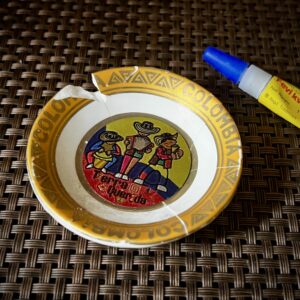
I didn’t think much of it at the time. But later, it struck me.
Rewriting a story to a screenplay format wasn’t that different. You break a scene into its foundational elements, discarding some, losing some, and sticking it all back together into something not entirely new, but new nonetheless, with whatever glue you have left. In its own way, the breaking and mending of the souvenir became a beautiful parallel to the process of rewriting a story with care and attention.

